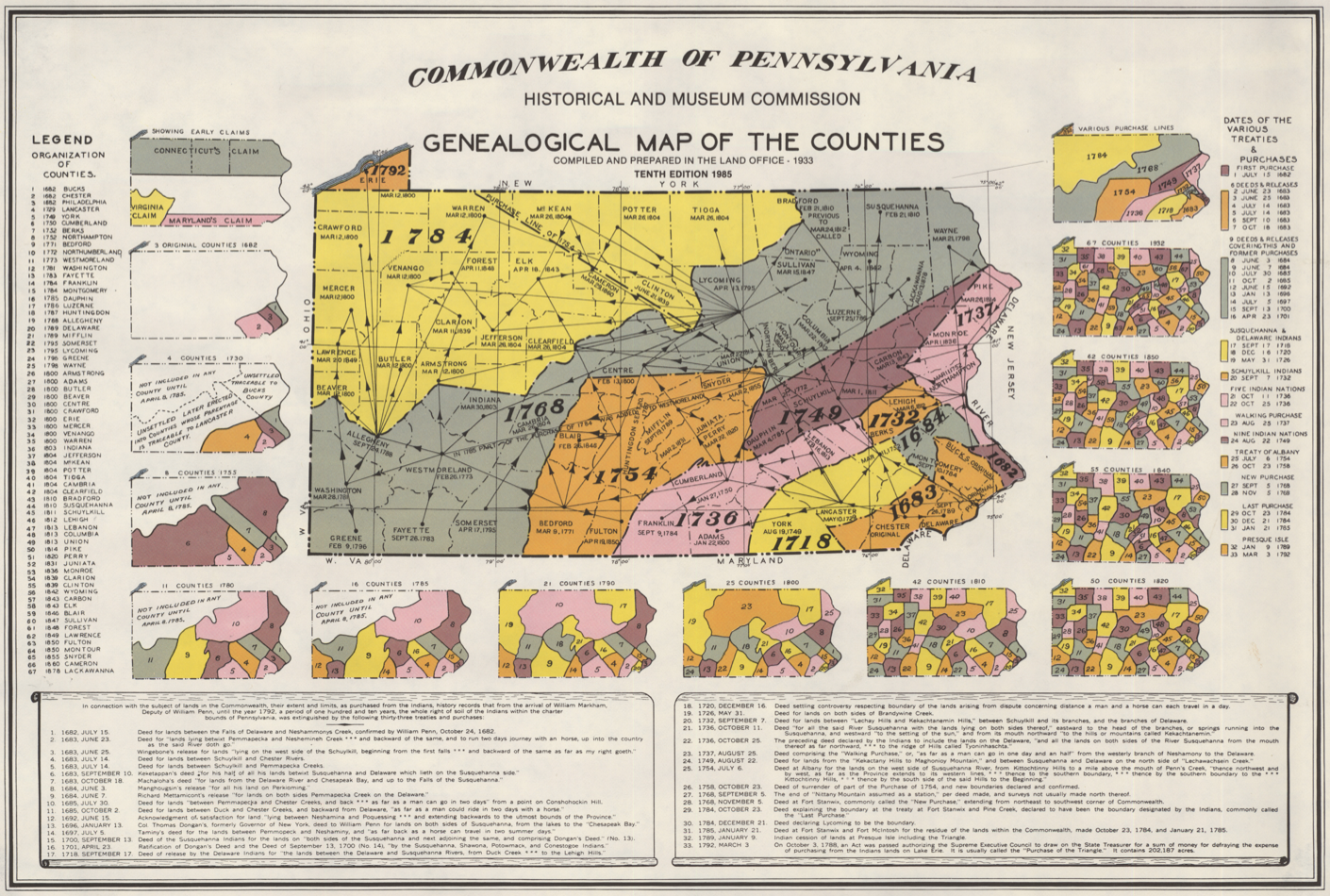Our story
Hi, my name is Phoebe Sample Young. I was born and raised in Madison, Wisconsin, the home of Oscar Mayer. My father's family arrived to America from Scotland in about 1740. They settled in Peach Bottom, Pennsylvania, then the edge of settled territory, where they shared the region with German settlers who became known as the Pennsylvania Dutch. It was there, in a town called Lebanon, that Lebanon Bologna got its start, became regionally famous, but never really took root elsewhere.

I was introduced to the traditional Lebanon Bologna early in life because of my family connection to the region. It's a meaty, tangy, smoky, fabulous sausage — I loved it! And I wasn't alone. In fact, Oscar Mayer began commercial production in the 1950s. But commercial production couldn't compete with the original, and the line was dropped after a decade or so. Still, I was hooked and never missed an opportunity to buy it, enjoy it, and share it with friends.
In 2011, I retired and moved from Wisconsin to New Lebanon, New York. I found myself in a sausage-making class at the Meat Market in Great Barrington, Massachusetts. I loved it! (Where have you heard that before?) The charcuterier asked if anyone in class might like to be his apprentice. My hand shot up. I got the position and took up residence.
And so I naturally started thinking about Lebanon Balogna. I did lots of research, from sources both old and current, worked with my mentor, and began developing a product I call New Lebanon Baloney. I use beef exclusively from the American heritage line of Randall cattle, which my friend and neighbor Cynthia Creech saved from extinction more than twenty-five years ago. The beef is fully grass-fed, and its purple-red and intensely deep, earthy flavor and beautiful yellow fat give the baloney incredible fullness. A controlled starter culture of the Lactobacillus bacteria causes fermentation by converting sugar to lactic acid. Fermentation is followed by a long period of cool smoking to flavor and dry the baloney. New Lebanon Baloney is safe, stable, and delicious because of the tangy acidity caused by fermentation and the lower water levels achieved in the smoke and drying stage. Yumm.
New Lebanon Baloney differs from traditional Lebanon Balonga on two levels. There are two core differences in our processes. In the old days, Lactobacillus was allowed to develop in the meat naturally by aging the meat in a cool place. We have replaced this aging process with the purposeful introduction of the bacteria, which is faster and, more importantly, safer, because it inhibits the potential growth of not-so-good bacteria. We have also replaced funky two-story-tall smokehouses traditionally used in Pennsylvania with simple smokers that deliver cool smoke with just the right amount of humidity for a controlled drying. There are also core differences in the products. New Lebanon Baloney is under two inches in diameter rather than the traditional four inches. New Lebanon Baloney has significantly more tang and more smoke to it and has none of the sweetness that traditional Lebanon Balogna has.
I'm now working with a small group of citizens of New Lebanon to launch our own butcher shop and general store. We're working with my sister Debby Gordon, a retired historical preservationist for the state of New York, to purchase and preserve a Civil War–era two-story commercial building in New Lebanon. The shop will feature healthy, affordable Randall beef, New Lebanon Baloney, and lots of other foods and goods from local farmers and artisans.